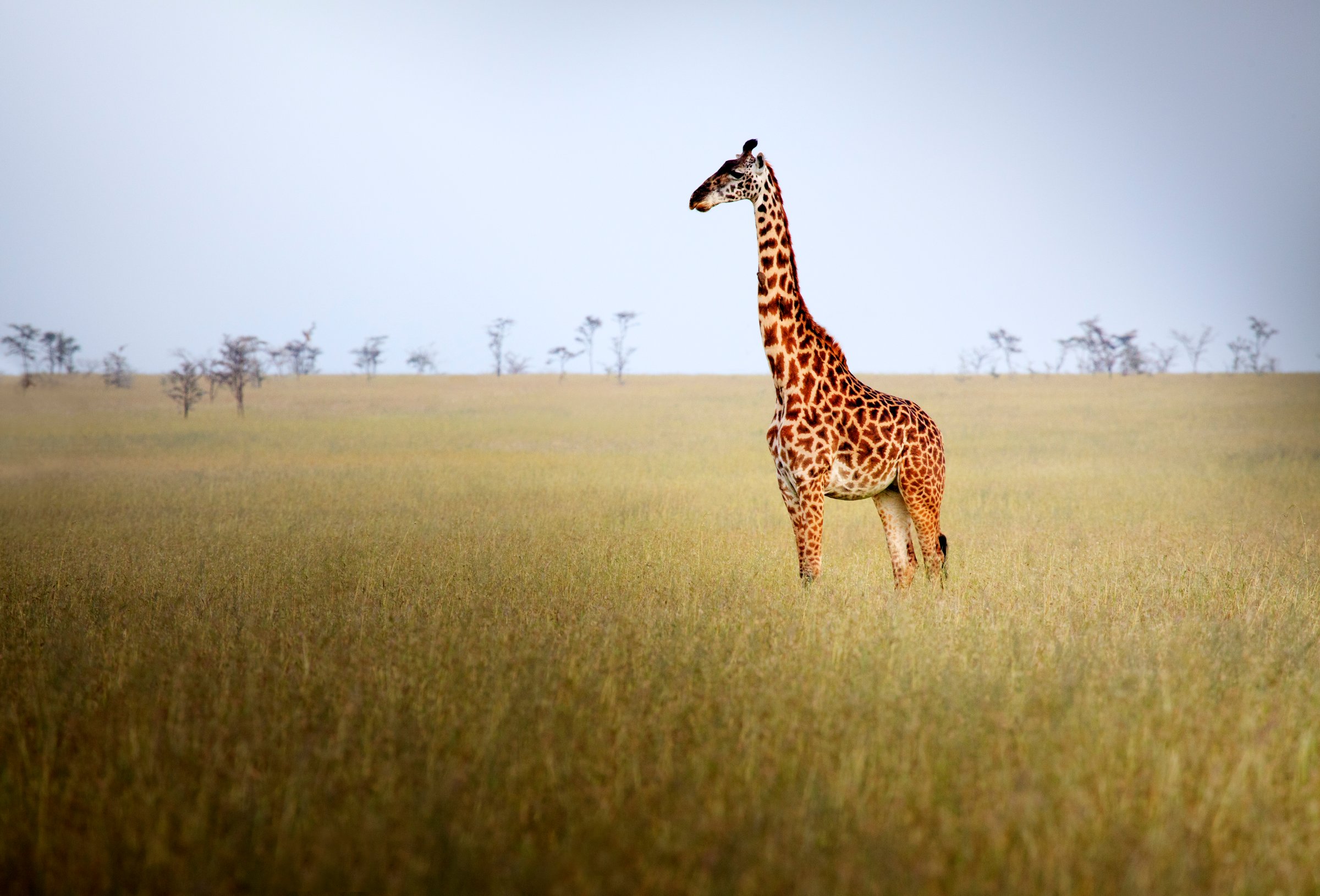
A difference of as few as 70 genes led giraffes to distinguish themselves from their closest relative by their long necks, according to new research.
Researchers behind the study, published in the journal Nature Communications, sequenced the genomes of two giraffes and one okapi—the giraffe’s closest relative. The development of the long neck likely comes as a result of genetic changes to proteins that control growth and others that control the body and limb development.
These genes also control how the cardiovascular system develops, which further helps explain how giraffes are able to pump blood around the body given their height.
Read More: See Photos of Endangered Species from the 1960s
The research could help further conservation efforts to protect the animal, researchers said. The giraffe population has declined by 40% over the past 15 years, according to a press release.
More Must-Reads from TIME
- How Donald Trump Won
- The Best Inventions of 2024
- Why Sleep Is the Key to Living Longer
- Robert Zemeckis Just Wants to Move You
- How to Break 8 Toxic Communication Habits
- Nicola Coughlan Bet on Herself—And Won
- Why Vinegar Is So Good for You
- Meet TIME's Newest Class of Next Generation Leaders
Write to Justin Worland at justin.worland@time.com